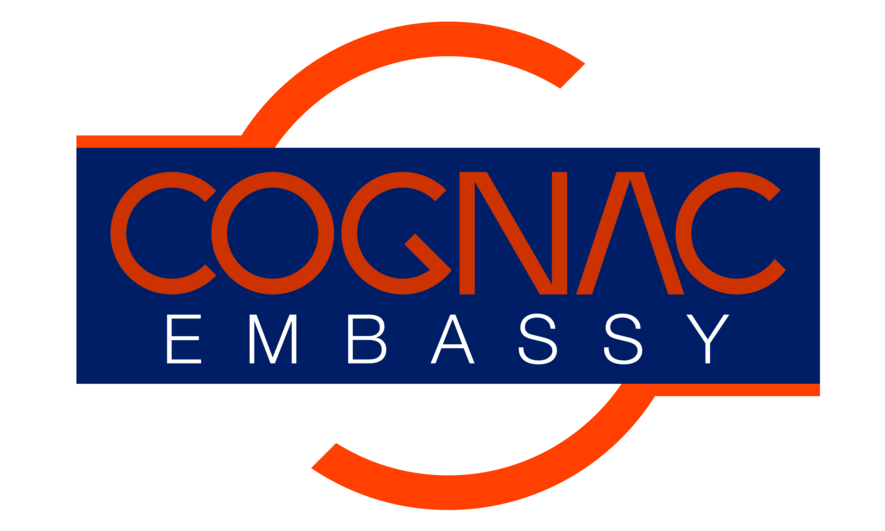Based on various sources, in particular
[www.busplan.cc]
Writing a Business Plan
Write down your business idea!
The process of creating a business plan forces you to look at your business in its entirety.
By taking an objective look at your business, you can identify areas of strengths and weaknesses. You can pinpoint needs or details you might overlook. A business plan will give you enough information to help you spot some problems before they arise. Planning will help you determine how you can best achieve your business goals.
The plan described below has as its purpose the initial testing of your idea. It will help you take a "first look" to see if your idea is feasible.
If it is, you can then go on to prepare a more comprehensive plan to meet the needs of your source for financing.
A finished business plan becomes an operating tool which will help you manage your business and work toward its success.
The final, completed plan is the chief instrument for communicating your ideas to others -- business people, bankers, partners, etc.
If you seek financing for your business, the plan will become the basis for your loan proposal.
Your written plan should be long enough to cover your subject thoroughly. If you go much above forty pages, including supporting documents, review your plan and see whether you can get rid of some fat. Double check that you have not promised anything you can not deliver. If you are much under twenty pages, it is possible that you need to do a little more research to make sure that you have covered everything.
The key word that you should keep in mind is proof! You must give evidence throughout your business plan that your business has a good chance of success.
"Format of a Business Plan"
| Format of a Business Plan Follow the links to find information about each component |
||
| I. | Cover Page | |
| II. | Executive Summary | |
| III. | Table of Contents | |
| IV. | The Business | |
| A. | Description of the Business | |
| B. | Industry Analysis | |
| C. | Vision Statement | |
| D. | Vision Trigger | |
| E. | Mission Statement | |
| F. | Business Objectives | |
| V. | Business Operations | |
| A. | Marketing | |
| B. | Competitive Analysis | |
| C. | Legal Structure | |
| D. | Management Expertise | |
| E. | Support Personnel | |
| VI. | Financial Planning Tools | |
| A. | Financial Information | |
| VII | Summary | |
| VIII. | Supporting Documentation | |
A mission statement
defines in a paragraph or so any entity's reason for existence. It embodies its philosophies, goals, ambitions and mores. Any entity that attempts to operate without a mission statement runs the risk of wandering through the world without having the ability to verify that it is on its intended course. [source: www.missionstatements.com]














